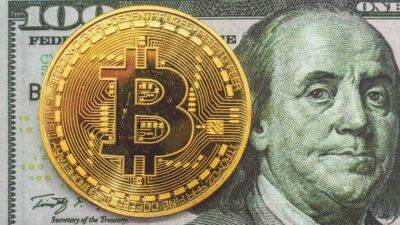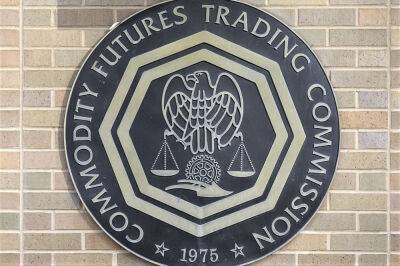How govts engineered the rise and fall of crypto
MUMBAI : In a written answer to a question raised in the Lok Sabha, finance minister Nirmala Sitharaman said last week: “Reserve Bank of India (RBI) is of the view that cryptocurrencies should be prohibited."
She further added: “Cryptocurrencies are by definition borderless and require international collaboration to prevent regulatory arbitrage. Therefore, any legislation for regulation or for banning can be effective only after significant international collaboration."
The RBI is not the first central bank to have had doubts about cryptos and the Indian government isn’t the first government. Both the Chinese and the Russian governments have also cracked down on crypto. So, what’s it that makes many central banks and governments dislike crypto? In this piece, we will try and understand this.
But first, we need to understand how governments and central banks had a very important role to play in making crypto popular.
Before September 2008
Central banks run the monetary policy of a country with an aim to maintain low inflation and a stable growth environment where low unemployment prevails. Typically, up until 2008, they used to do this by trying to set the short-term interest rates.
In mid-September 2008, Lehman Brothers, the fourth largest investment bank on Wall Street at that point, declared bankruptcy. AIG, the largest insurance company in the world, was also on the verge of going bust. Many other financial institutions were in trouble. If these financial institutions were allowed to fail, the global economy would have ended up in turmoil.
In order to stabilize the financial system and to prevent an economic depression, the Federal Reserve —the American central bank—printed money and bought bonds worth $600 billion
Read more on livemint.com






![Assessing if Bitcoin [BTC] will be a good ‘August visitor’ - ambcrypto.com](https://gocryptonft.com/storage/thumbs_400/img/2022/8/3/57804_clmfx.jpg)













